There’s no denying the magic of Saturday morning cartoons. For us baby boomers, these animated gems were the heart of childhood, full of memorable characters and endless laughs. But times change, and so do cultural norms. When we look back on some of those beloved shows, it’s clear that what once seemed harmless now raises some serious eyebrows. This isn’t about spoiling fond memories—it’s about reflecting on how far we’ve come and understanding why these cartoons might not fly today. Let’s revisit 15 classics that, while still iconic, are a little harder to defend in the modern world.
1. Pepe Le Pew

Pepe Le Pew’s over-the-top romantic pursuits of Penelope the cat were meant to be funny, but they’re viewed very differently today. His relentless advances, often despite her obvious discomfort, come across as a problematic example of consent. The humor in his obliviousness feels tone-deaf in a modern world that takes issues like harassment much more seriously.
Yet, for all his flaws, Pepe remains a memorable part of the Looney Tunes lineup. His exaggerated Frenchness and romantic idealism were entertaining at the time, even if they no longer align with modern sensibilities. He serves as a clear example of how humor evolves alongside societal values.
2. Heckle and Jeckle
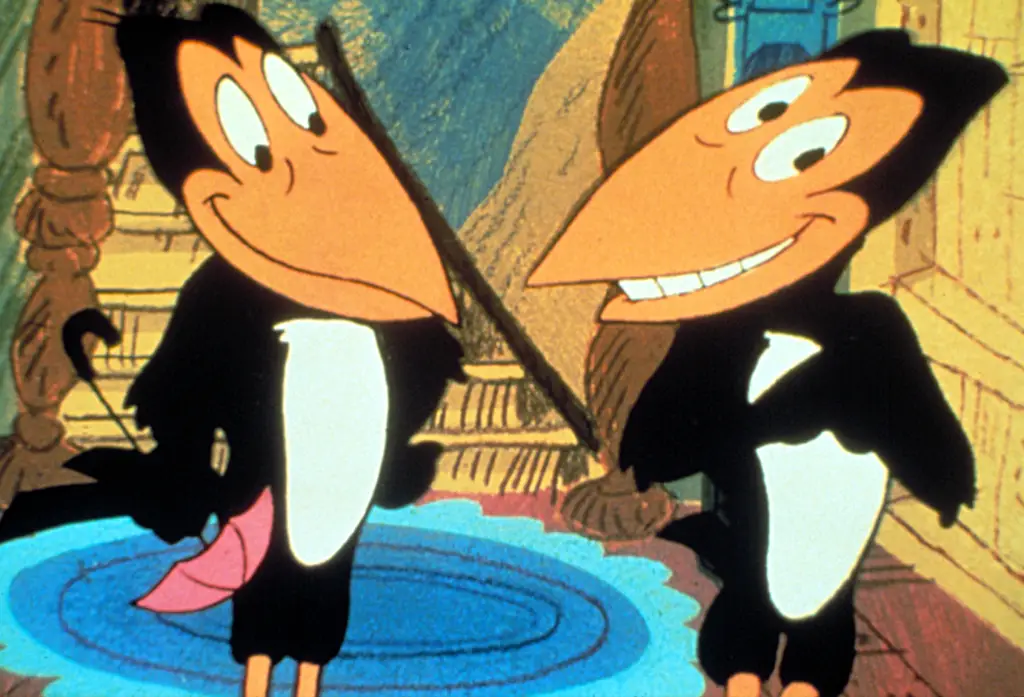
This mischievous magpie duo brought plenty of laughs, but their accents and characterizations often perpetuated stereotypes. Whether it was the faux-British sophistication of one bird or the “streetwise” tone of the other, the humor sometimes veered into caricature territory.
While their antics were undeniably entertaining, Heckle and Jeckle reflect a period when cartoon characters leaned on exaggerated traits for laughs. Revisiting their adventures highlights how humor has evolved and how audiences today demand more thoughtful representation.
3. Tom and Jerry
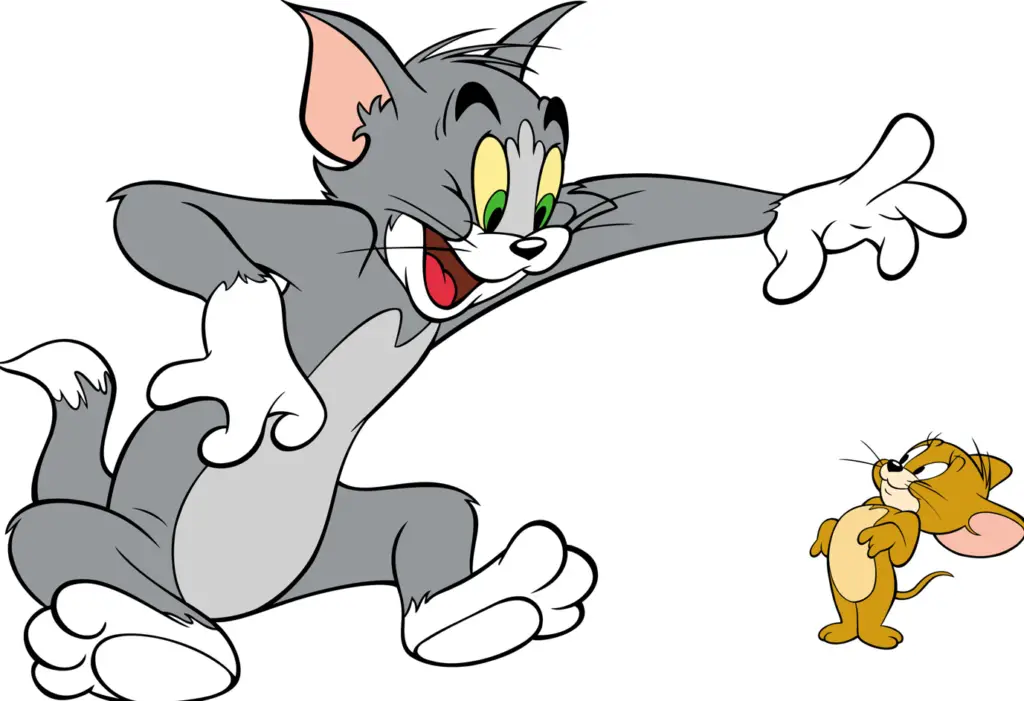
Who didn’t root for Jerry’s clever tricks or feel for poor Tom’s endless suffering? But those slapstick antics sometimes went overboard, especially when they ventured into stereotyping. Episodes included caricatured portrayals of housemaids or exaggerated accents that reflected racial tropes of the time. The use of blackface as a gag in some older episodes is another jarring reminder of the show’s dated humor.
While Tom and Jerry was mostly about a timeless cat-and-mouse chase, it also highlights how creators once saw no problem with embedding these stereotypes into children’s programming. The series’ charm lies in its wordless comedy and clever storytelling, but today, we recognize that some aspects aren’t as funny as they seemed back then.
4. Popeye the Sailor
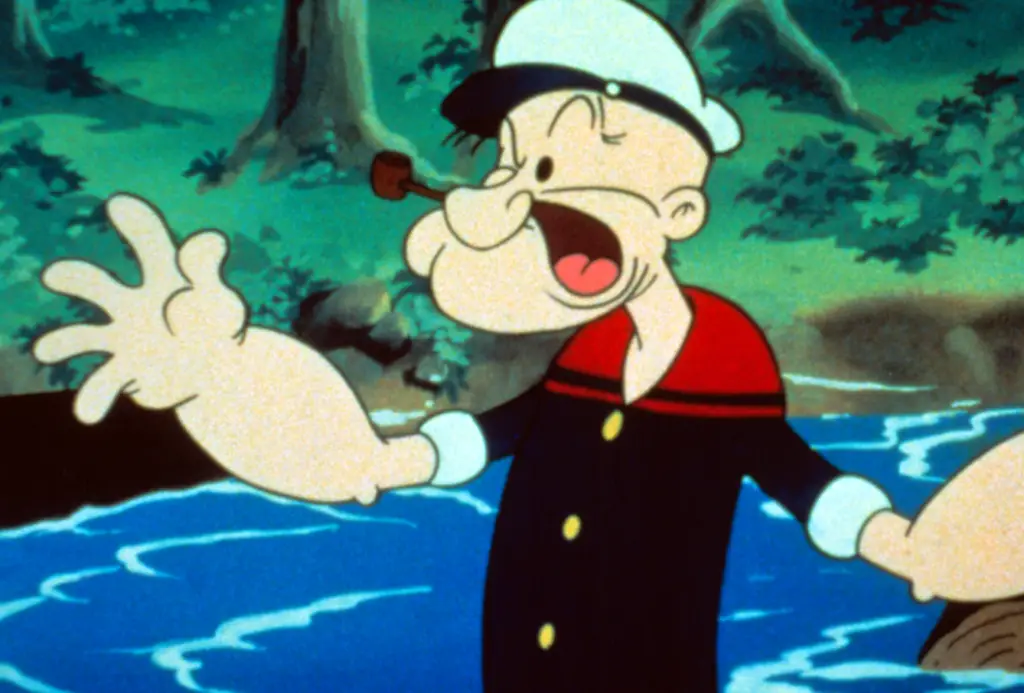
Popeye taught us to eat our spinach, but he also carried the baggage of his era. Some episodes featured Popeye squaring off against enemies in ways that leaned heavily on racial and cultural stereotypes. The depiction of Bluto’s aggressive masculinity and the recurring damsel-in-distress trope with Olive Oyl also feel outdated by today’s standards.
Despite these issues, Popeye’s indomitable spirit and quirky charm still hold a special place in our hearts. His love for Olive and his never-give-up attitude made him an enduring figure. Recognizing the problematic elements doesn’t erase the good memories, but it adds context to the world that shaped those adventures.
5. The Flintstones
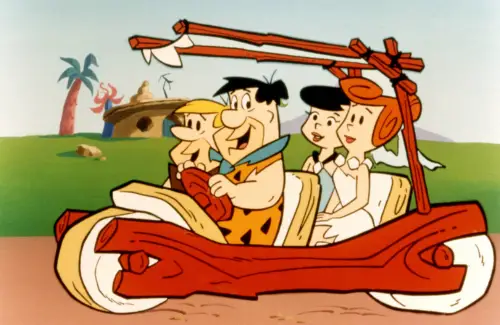
As America’s first animated primetime sitcom, The Flintstones paved the way for shows like The Simpsons. But not everything in Bedrock was as timeless as Fred’s “Yabba-Dabba-Doo!” Gender roles were heavily reinforced, with Wilma and Betty often relegated to stereotypical housewife roles while Fred and Barney had all the fun. Some episodes also included jokes and themes that don’t land well with modern audiences, like mocking different cultures or making light of serious topics.
Still, The Flintstones captured the humor and challenges of family life, even if its portrayal was limited by the lens of its time. The show’s cultural significance can’t be overstated, and it’s fascinating to see how it reflected—and sometimes reinforced—social norms that have since evolved.
6. Speed Racer
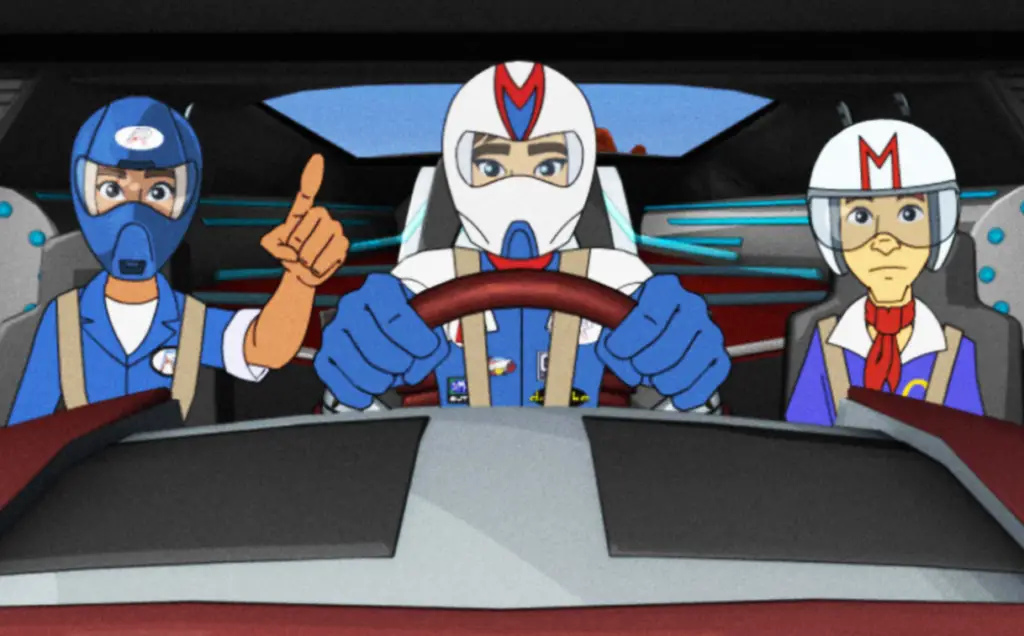
Speed Racer was the epitome of cool, with its high-speed action and unforgettable theme song. But looking back, the show’s portrayal of villains and side characters often leaned on racial and ethnic stereotypes. Its animation style, imported from Japan, was groundbreaking, but some character designs and plotlines drew criticism for being insensitive or overly simplistic.
Despite these flaws, Speed Racer introduced many of us to the thrilling world of anime and remains a nostalgic favorite. Its flaws remind us to view even our most cherished childhood shows with a discerning eye, acknowledging the good while recognizing the room for growth.
7. The Jetsons
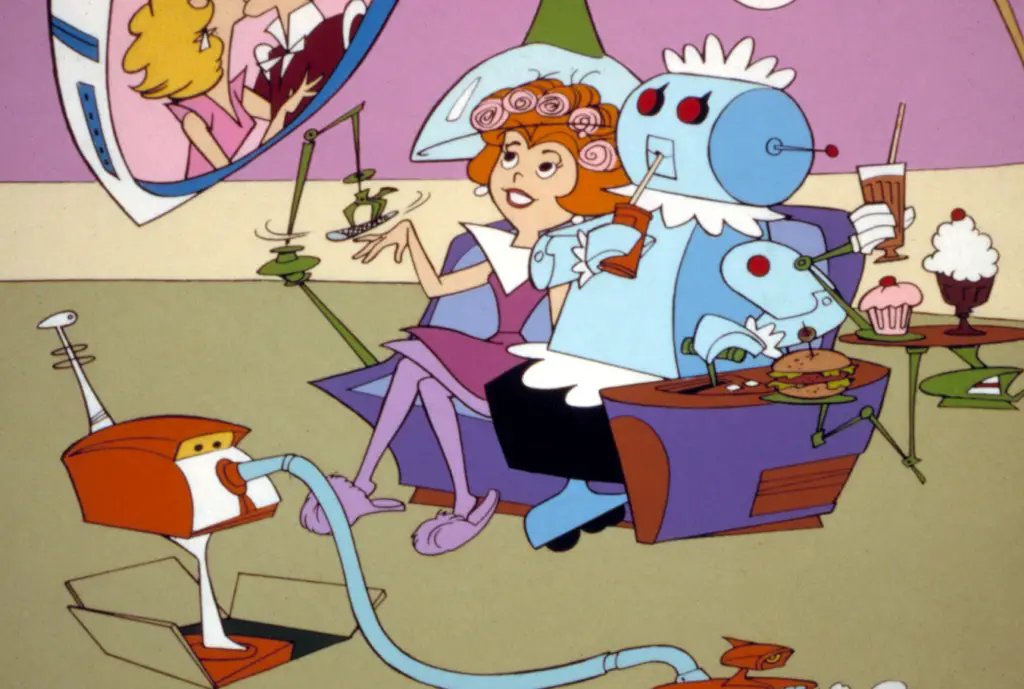
Life in the year 2062 was supposed to be full of flying cars and robotic housekeepers, but The Jetsons carried some baggage from the 1960s. The show perpetuated traditional gender roles, with Jane Jetson portrayed as a homemaker dependent on George’s income. It also lacked diversity in its futuristic vision—an all-white, suburban family in a space-age utopia felt narrow even back then.
Nonetheless, The Jetsons gave us a playful glimpse of what the future could look like, inspiring imaginations with its gadgets and gizmos. It’s a great example of how a creative vision can reflect the hopes—and blind spots—of its time.
8. Scooby-Doo, Where Are You!
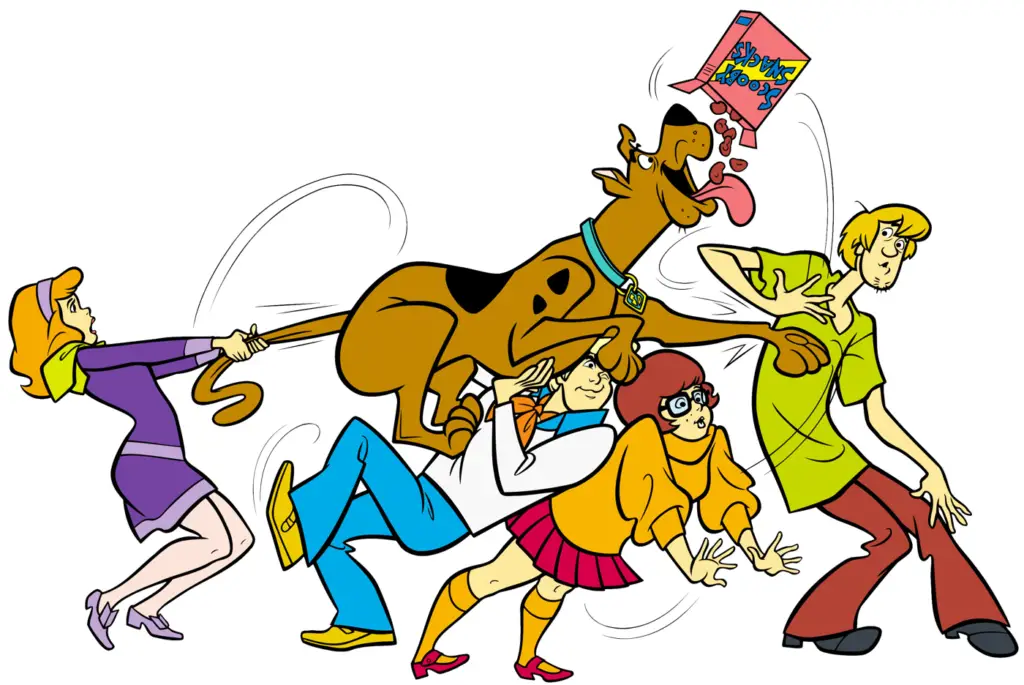
Scooby-Doo’s gang was always uncovering mysteries, but some episodes are remembered less fondly for their depictions of certain cultures. Villains disguised as “natives” or “witch doctors” were played for laughs in ways that feel tone-deaf today. The show’s reliance on stereotypes to create spooky settings and characters doesn’t hold up under modern scrutiny.
Still, we can’t deny the charm of Scooby and the gang’s antics. The series remains beloved for its humor and timeless teamwork, but it’s worth noting how even our favorite stories can reflect biases that were once accepted as normal.
9. Johnny Quest
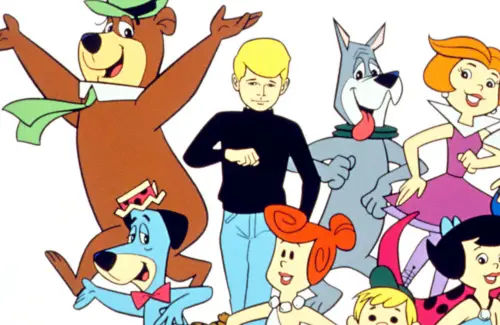
This action-packed series had kids dreaming of globe-trotting adventures, but Johnny Quest also leaned heavily on stereotypes. Characters from non-Western cultures were often depicted as villains or exoticized in ways that feel uncomfortable today. The show’s portrayal of Race Bannon as the all-American hero contrasted sharply with how other cultures were represented.
Despite this, Johnny Quest set the stage for adventure cartoons and had an undeniable influence on the genre. Its groundbreaking animation and gripping stories captivated audiences, but its cultural insensitivities remind us of the need for more inclusive storytelling.
10. Looney Tunes

We all loved Bugs Bunny’s quick wit and Daffy Duck’s hilarious mishaps, but let’s be honest—some Looney Tunes episodes didn’t age well. From blatant racial stereotypes to casual violence, a few sketches reflect attitudes that are, thankfully, long outdated. Characters like Speedy Gonzales, while celebrated by some, have been criticized for their portrayal of Mexican culture. Then there’s the over-the-top depictions of certain nationalities during wartime, which were played for laughs but now feel uncomfortable. These elements remind us of the era they were created in—a time when humor often came at someone else’s expense.
Despite its flaws, Looney Tunes remains a towering cultural achievement with timeless comedy. Many of us still chuckle at Elmer Fudd chasing Bugs with a shotgun or the epic Road Runner and Wile E. Coyote chases. The humor, when it wasn’t punching down, was clever and relatable. The problematic parts serve as a reminder to revisit beloved media with a critical eye while cherishing what still brings joy.
11. Elmer Fudd
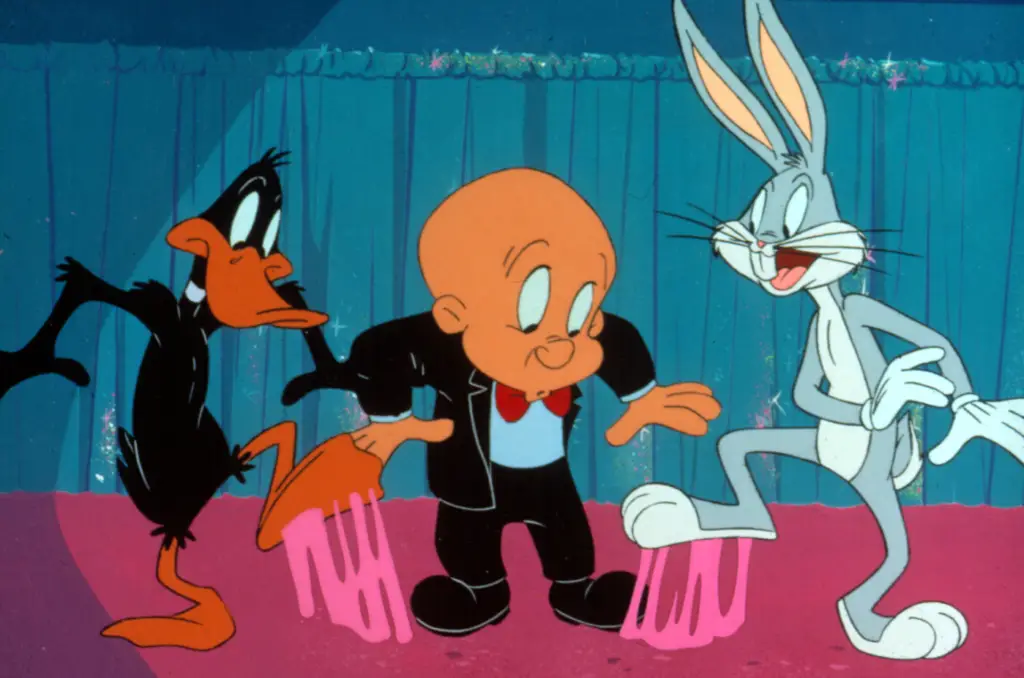
Elmer Fudd’s bumbling attempts to catch Bugs Bunny were comedy gold, but his portrayal as a hapless hunter sometimes crossed into uncomfortable territory. In older episodes, his speech impediment was exaggerated to the point of mockery, and some episodes included outdated portrayals of rural or “backwoods” stereotypes. While most of his character revolved around slapstick humor, certain jokes played on cultural or regional clichés that don’t sit well today.
Still, Elmer Fudd is a reminder of a simpler kind of comedy where wordplay and visual gags ruled the day. His rivalry with Bugs remains one of the most iconic in animation, showing how even flawed characters can leave a lasting mark on our memories.
12. Betty Boop

Betty Boop was a trailblazer as one of animation’s first female leads, but her portrayal reflected a highly sexualized image of women. Episodes frequently showed Betty in revealing outfits, navigating situations that were more risqué than appropriate for younger viewers. Additionally, early cartoons sometimes included racial caricatures and offensive stereotypes as part of the background or supporting cast.
Despite these issues, Betty Boop remains an important symbol of the jazz age and early animation’s charm. Her bubbly personality and distinct design made her unforgettable, even if the context of her stories feels dated by today’s standards.
13. Yogi Bear
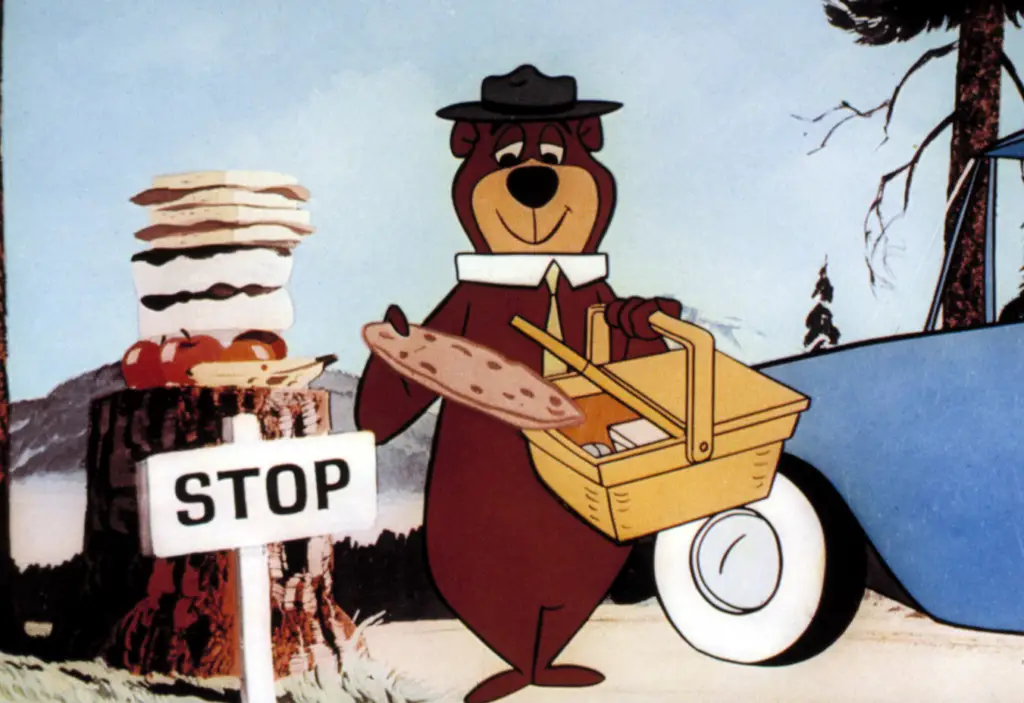
Yogi Bear’s obsession with picnic baskets was charming, but his portrayal as a lazy, conniving bear wasn’t without its problems. His catchphrase, “Smarter than the average bear,” often came with a smug tone that could be seen as perpetuating negative stereotypes about intelligence and cunning. Additionally, the character of Boo Boo was sometimes portrayed in ways that reinforced submissive or overly deferential behaviors.
Despite these elements, Yogi’s antics and his life in Jellystone Park made him a beloved figure in animation. His clever schemes and misadventures remain iconic, even if certain aspects of his character could use an update for modern audiences.
14. Mighty Mouse
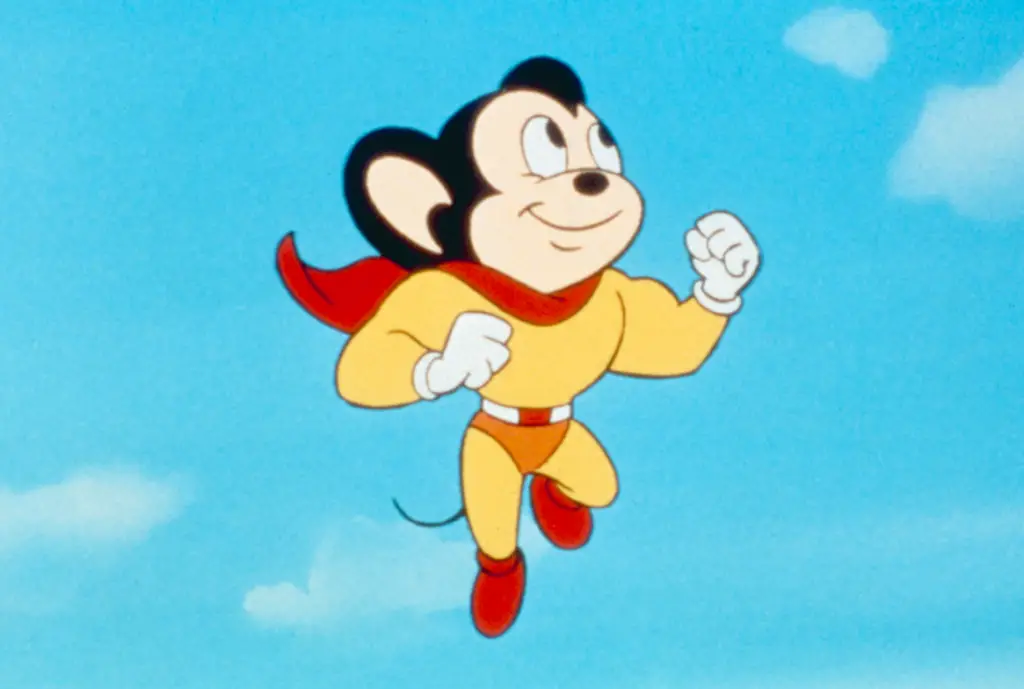
Mighty Mouse was a heroic rodent saving the day, but some of his episodes included racial stereotypes and humor based on cultural tropes. Villains and side characters were often drawn in ways that exaggerated features tied to specific ethnicities, which today feels inappropriate. While his deeds were meant to inspire, the show sometimes fell into the trap of using lazy visual shorthand for humor or drama.
Still, Mighty Mouse’s bravery and catchy theme song (“Here I come to save the day!”) kept audiences glued to their screens. He’s a reminder of how early animation mixed inspiration with insensitivity, offering lessons for creators moving forward.
15. Felix the Cat
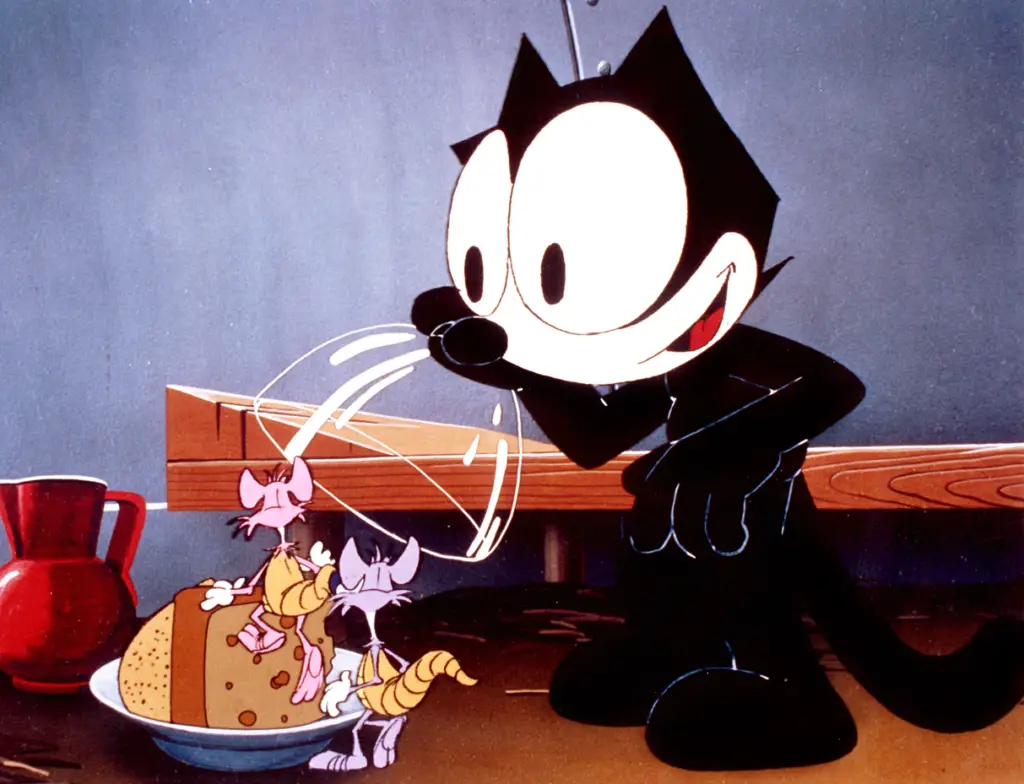
Felix the Cat was a silent film star turned animated icon, but his early adventures sometimes relied on humor that played into racial and cultural stereotypes. Background characters or one-off villains often had exaggerated features or accents, reflecting biases of the era. The surreal and whimsical nature of Felix’s stories sometimes masked these problematic elements, but they’re impossible to overlook today.
Despite these shortcomings, Felix remains a trailblazer in animation history. His mischievous grin and clever problem-solving endeared him to audiences, showing how a single character could carry an entire show. Acknowledging the problematic aspects doesn’t diminish his importance but instead adds nuance to his legacy.
Times have changed, and that’s a good thing. While these cartoons hold a cherished place in our memories, revisiting them through a modern lens helps us see both their brilliance and their flaws. It’s a reminder that growth and reflection are part of appreciating the past. By understanding where we’ve been, we can ensure that the stories we tell today resonate for all the right reasons.


